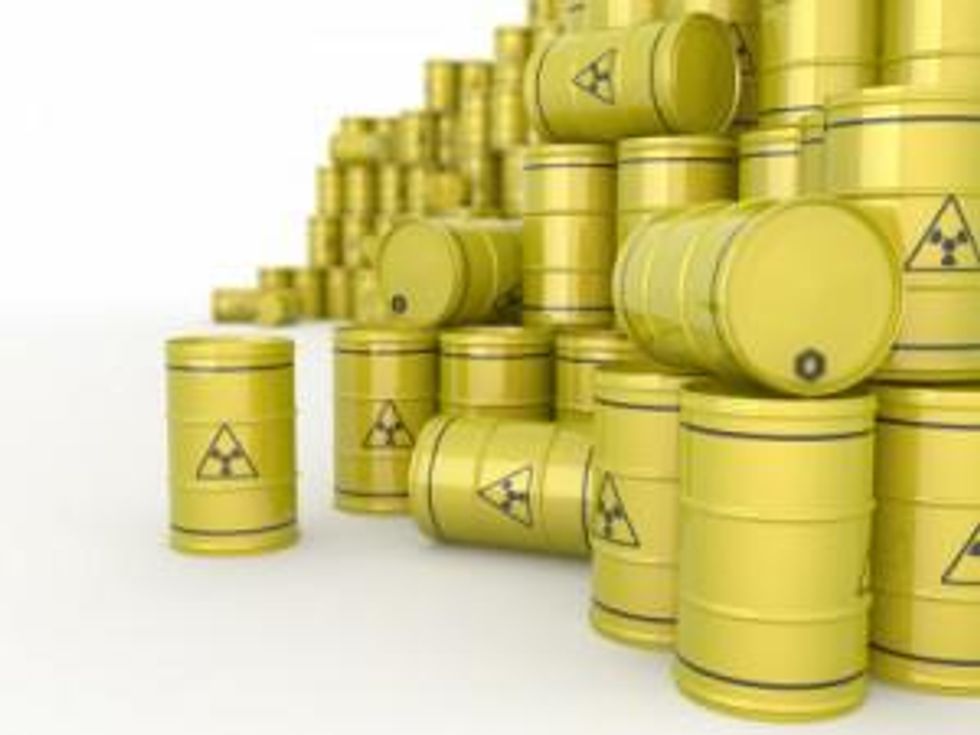Fission Uranium’s impressive drill results from Sunday show that a new area of high-grade mineralization has been detected at the Triple R deposit at its Patterson Lake South property.
The deposit is considered one of the largest undeveloped uranium deposits in the Athabasca Basin, and Fission’s step-out winter drilling program has continued to expand the area of interest and produce encouraging results.
Hole PLS15-343, which is located at the R600W zone on line 615W, 555 meters west of the R00E zone of the Triple R deposit, returned 9.31 meters of 10,000 cps radioactivity within a 65.5-meter-thick zone, including a continuous 8.85-meter mineralized interval of 10,000 cps radioactivity with peaks up to 52,900 cps at shallow depth. It’s the sixth hole defining the R600W zone, and according to the press release, it represents a very significant upgrade to the strength and width of mineralization of that zone.
Expanding horizons
This discovery is a big step out from the main deposit, so whether the two are connected has yet to be determined, Ross McElroy, president, COO and chief geologist at Fission, told Resource Investing News at PDAC 2015.
“Further drilling is necessary to see if somehow it’s connected to the main deposit or if it’s a separate pod — 500 meters is quite a distance between the two, so we don’t know how that all fits together, but it is along the same trend, it’s the same structure, the geology looks much the same and the mineralization is the same. So hopefully it’s part of the deposit, but if nothing else, it’s still very close to it and it represents its own drill target, so we are going to continue to put holes into this and see what it’s all about,” he said.
Looking at the distance between the two, David Talbot of Dundee Capital Markets alluded to the possibility of another zone being developed in coming months.
“Mineralization is robust enough that it is likely to continue — it either opens up the Triple R deposit so that its 1) Much bigger than currently known, or that 2) It represents another zone altogether. Mineralization appears high grade looking at the core and scint results, it’s close to surface and it’s on land for those that criticize plans for under-lake access. We believe we could see another large Triple R zone develop over the next few months. The two zones may or may not connect but this news should demonstrate to the market that this deposit and property still has incredible growth potential,” Talbot said in a research note.
Rob Chang from Cantor Fitzgerald also said positive things about the discovery in a research note. He seemed pleasantly surprised by the results, stating that “based on past results we did not expect notable mineralization to appear west of the R00E zone at PLS. Drill hole PLS15-343 has certainly proved us wrong.”
“This intercept immediately puts the relatively shallow R600W zone into elite class and significantly improves potential project economics as it is a land based zone,” Chang also noted.
Considering the structural and geological similarities the R600W zone has to the rest of the Triple R deposit, McElroy said that while it shows that the PLS project is at an early stage, it opens up the exploration potential along the conductor and shows it is “very prospective along bigger areas than we could have imagined.”
At close of day on Monday, shares of Fission were up 6.84 percent, trading at $1.25
Securities Disclosure: I, Kristen Moran, hold no direct investment interest in any company mentioned in this article.






